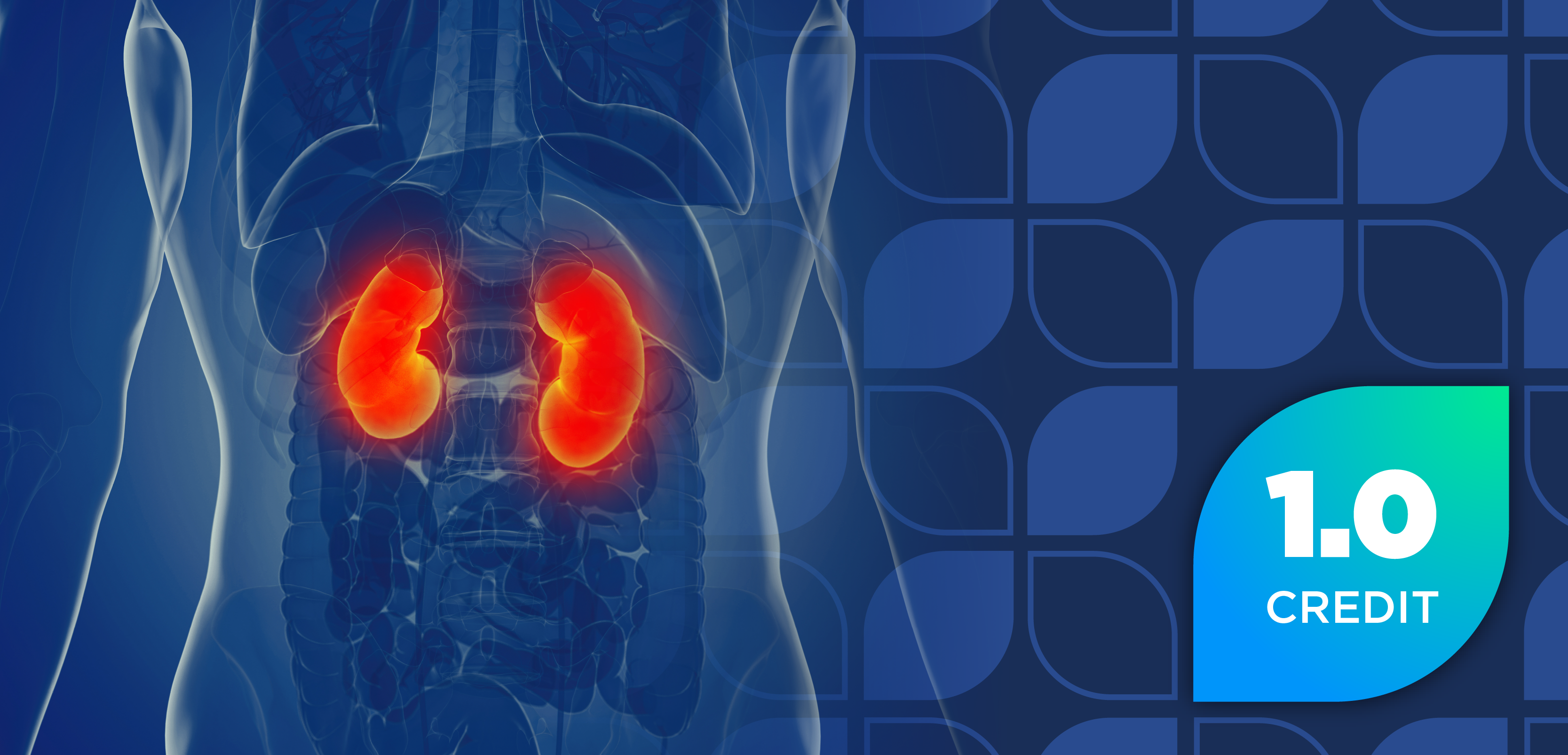
Blood Biomarker Shows Strong Connection to Vascular Health in Patients With CKD
Key Takeaways
- SDMA is a stronger marker of vascular dysfunction in CKD patients compared to ADMA, despite modest predictive value.
- CKD affects 10% of the global population and is associated with increased CVD risk, often leading to premature death.
In chronic kidney disease (CKD), SDMA showed a stronger connection to vascular health compared with ADMA.
Recent research published in American Journal of Physiology – Renal Physiology demonstrates that a particular blood marker, symmetric dimethylarginine (SDMA), demonstrated a strong connection to vascular health in patients with chronic kidney disease (CKD).
Of note, this blood marker was long considered to be mostly inactive, but these findings showcase SDMA’s strong connection, particularly compared with asymmetric dimethylarginine (ADMA).1
CKD is a significant global health concern, affecting approximately 10% of the world’s population, and is associated with both high morbidity and mortality rates. Notably, with the aging population, the condition is expected to increase in prevalence and become the fifth leading cause of years of life lost by 2040, according to the study authors. CKD is characterized by a progressive decline in kidney function—measured by estimated glomerular filtration rate (eGFR)—and is classified into 5 stages.
The authors emphasized that most patients with CKD do not die from kidney failure itself, but instead, die prematurely because of cardiovascular disease (CVD) or other comorbidities. CKD is associated with heightened CVD risk, partly due to impaired peripheral vascular function. For this reason, it is increasingly important to understand the underlying contributing factors and mechanisms of CVD development in CKD.
The investigators compared serum SDMA and ADMA levels and examined their associations with vascular function, including flow-mediated dilation (FMD), peak blood velocity to reactive hyperemia, and carotid-femoral pulse wave velocity (cfPWV). A total of 23 patients (age: 66 ± 9 years) with a diagnosis of stages 3 and 4 CKD (eGFR: 37 ± 11 mL/min/1.73 m2) were recruited through the Renal Specialists of North Texas in Arlington. Additionally, 32 age-matched controls (age: 64 ± 8 years) without a diagnosis of CKD (eGFR: 84 ± 13 mL/min/1.73 m2) were recruited from the Arlington area. All participants provided both verbal and written informed consent and completed a comprehensive medical history form and medication list.1
All patients with CKD had a diagnosis of at least 1 comorbidity, with the most common being hypertension (n = 22), type 2 diabetes (n = 14), and high cholesterol (n = 13). Most of those with CKD were also prescribed one or more medications for these conditions. Some of the controls had a diagnosis of hypertension (n = 12), prediabetes or type 2 diabetes (n = 6), and high cholesterol (n = 14).1
“We focused on patients with moderate CKD, primarily stage 3, because intervention is still possible to offset the cardiovascular problems that arise with further disease progression and being put on dialysis,” researcher Paul J. Fadel, PhD, director of UT Arlington’s Human Neural Cardiovascular Control Lab, University of Texas, said in a news release.2
The findings demonstrated that SDMA was significantly elevated in patients with CKD (163 ± 37 ng/mL) than in those without (100 ± 15 ng/mL; P < .0001), whereas ADMA did not differ significantly between these groups (111 ± 22 vs 103 ± 12 ng/mL; P = .083). Patients with CKD also had lower FMD (3.66 ± 2.45 vs 4.47 ± 2.45%; P = 0.048) and peak blood velocity (47.43 ± 16.67 vs 60.18 ± 16.88 cm/s; P = 0.009), but higher cfPWV (8.82 ± 1.53 vs 7.69 ± 1.35 m/s; P = 0.004) compared with the controls. A pooled analysis demonstrated that SDMA correlated inversely with eGFR (r = −0.86; P < .0001), FMD (rs = −0.28; P = .039), and peak blood velocity (rs = −0.40; P = .001); however, this was not the case for cfPWV (r = 0.14; P = .338). ADMA was also observed to correlate inversely with peak blood velocity (rs = −0.28; P = .042), but the opposite was true for eGFR (r = −0.25; P = .063), FMD (rs = −0.06; P = .664), or cfPWV (r = 0.21; P = .146).1
Overall, these findings suggest that SDMA—relative to ADMA—may be a stronger marker of vascular dysfunction in patients with stages 3 and 4 CKD; however, the predictive value of SDMA for vascular function was modest, meaning its overall potential as a biomarker for vascular function in CKD may be limited and cannot be relied on alone. The investigators emphasized that the strength of associations was modest; therefore, more research is warranted to confirm these findings.1,2
“The background premise of the study is that people with CKD do not die from their kidney problems. They die from CVD,” Fadel explained. “We wanted to better understand that connection by examining blood vessel function.”2
REFERENCES
1. Grotle AK, Kaur J, Skow RJ, et al. Impaired vascular function in patients with chronic kidney disease who have elevated symmetric dimethylarginine but not asymmetric dimethylarginine. Am J Physiol Renal Physiol. Published online September 4, 2025. doi:/10.1152/ajprenal.00158.2025
2. University of Texas at Arlington. Kidney disease study reveals unexpected marker. News release. October 2, 2025. Accessed October 2, 2025. https://www.eurekalert.org/news-releases/1100602
Newsletter
Stay informed on drug updates, treatment guidelines, and pharmacy practice trends—subscribe to Pharmacy Times for weekly clinical insights.












































































































































































































